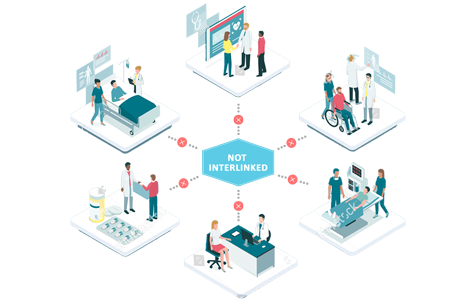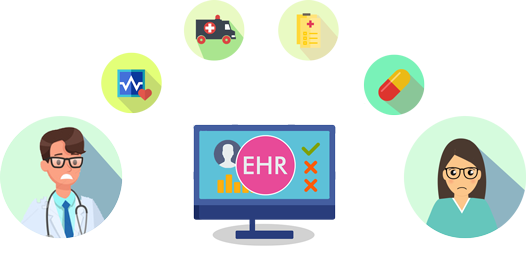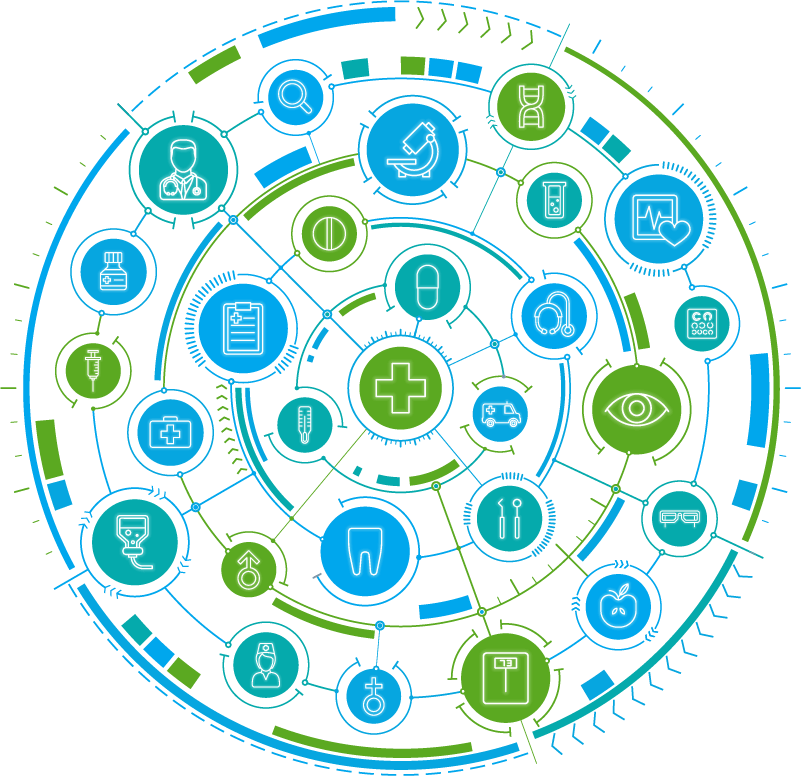Healthcare is a universal human right
Everyone must have access to proper healthcare, just as they must have access to natural resources such as air and water. We must therefore not view implementing Electronic Health Records (EHR) as an enterprise problem, rather we must implement a Universal Health Information Network (UNHIN) that is completely open source, free to use, highly secure and available to all individuals and organizations.
What is UNHIN?
What is UNHIN?
The current approach for implementing Electronic Health Records (EHR) is failing. The global expenditure for EHR will exceed $33.4 billion per year by 2025 for an approach that does not empower patients, alienates and frustrates physicians, and is prohibitively expensive. Developing nations cannot afford to implement the current, enterprise-based EHR systems, and it is economically unsustainable for the few advanced countries that have implemented it widely.
The Universal Health Information Network (UNHIN) is taking a fresh approach to solve this problem, applying decentralized computing, including blockchain technology to establish an open, secure and universally available network for collecting, securing and managing health information. It overcomes the numerous challenges and high costs related to managing health information to transform the way Electronic Health Records (EHR) are implemented. It empowers patients and physicians, reduces physician overheads, reduces costs, makes EHR available globally to all geographical regions and economic levels, and provides managed access to health information that does not exist today. It facilitates advancing healthcare globally, providing improved outcomes, and services that are not possible with current infrastructure and technology.
The UNHIN implements a custom, healthcare focused blockchain protocol that allows patients to own, manage and control their health information and maintains anonymity of healthcare transactions. It takes a unique approach that implements an open network at a universal scale that allows anyone to participate in it while keeping their information completely secure. It does this by applying cryptography, decentralized computing and blockchain technology to implement data protection and security levels that far exceed prevalent technology and policy standards such as HIPAA. Furthermore, it applies blockchain to create its own community driven economy that incentivizes people and healthcare organizations to participate in the network.
The UNHIN will be universally available to everyone for free, completely open source, wholly community driven, economically self-sustaining, and independent of any commercial enterprise. Providing a truly universal health information network that is ever present and freely available to everyone, and all individuals and organizations can use it for managing health information. This is in contrast to the traditional approach of implementing EHR software as enterprise systems and then finding ways to integrate these enterprise systems to achieve interoperability, which is costing billions of dollars every year with limited results and is proving to be prohibitively expensive and problematic to implement and operate.
Why Blockchain?
Why Blockchain?
Blockchain technology creates unique opportunities to reduce complexity, enable trustless collaboration, and create secure and immutable information.
The UNHIN uses cryptography to completely secure and protect data, allowing only individuals to access their health information, or securely grant access to other individuals or organizations using blockchain smart contracts. It uses the features of blockchain technology to incentivize people to join the network and contribute to it and implements its own independent economy via a native cryptocurrency token. Individuals and organizations use this native token to access services in the network and are rewarded using this token for contributing to the network and providing services on it.
The UNHIN thus implements a universal health information network that is ever present and freely available to everyone, and all individuals and organizations can use it for managing health information.
To achieve such a network, UNHIN implements its own blockchain with several innovations and features required to support the storage and management of health information to meet and exceed prevalent standards such as HIPAA.
There is high health risk across vast regions of the world
There are issues with the quality of care including inaccurate diagnosis, medical errors, and issues with medical practices in all countries at all economic levels. Even in today's information age, health information is not managed or handled properly. Developing nations cannot afford the expenditure for implementing electronic health records and advanced nations have severely flawed implementations.









Healthcare organizations have traditionally implemented EHR software as enterprise systems for their organizations, or departments. They use different software packages (as many as 1000+ different products), and different versions of the same software packages that are tailored to implement the requirements of a specific enterprise.
Once implemented for each enterprise, organizations or consortiums then spend enormous amounts of time, effort and money in trying to make these enterprise systems communicate with each other, which is made enormously complex due to differences in data structures, software, and also the complexity of the information that comprise EHRs.


This approach is tremendously problematic and incredibly expensive, with the global EHR expenditure expected to reach $33.4 Billion per year by 2025! This approach seems highly complex and difficult in theory and has proven to be infeasible in practice.
UNHIN is universally available to everyone, is completely open source, and completely community driven and not owned by any entity
The UNHIN uses cryptography to completely secure and protect data, allowing only individuals to access their health information, or securely grant access to other individuals or organizations using blockchain smart contracts. It uses the features of blockchain technology to incentivize people to Join the network and contribute to it and implements Its own independent economy vla a native cryptocurrency token. Individuals and organizations use this native token to access services in the network and are rewarded using this token for contributing to the network and providing services on it.


















Unhin Blockchain
Unhin Blockchain
The UNHIN implements a universal health information network that is ever present and freely available to everyone, and all individuals and organizations can use it for managing health information. This is in contrast to the traditional approach of implementing EHR Software as enterprise systems and then finding ways to integrate these enterprise systems to achieve interoperability
This approach will solve the un-scalable, infeasible, approach for managing and interoperating between health information systems in advanced countries and make the implementation of EHR economically feasible for developing nations
The UNHIN is also an incentivized network with its own economy that supports itself based on community participation, enabling perpetual development and support without being owned in any way by any entity
To achieve such a network, UNHIN implements its own blockchain with several innovations and features required to support the storage and management of health information to meet and exceed prevalent standards such as HIPAA. These innovations include:

Roadmap
Roadmap
-

2006 - 2007
AVINOC 1.0 - Prototype
GoLive of AVINOC 1.0, various aviation companies using AVINOC, audits by European authorities passed successfully. The Idea works.
-

2008
AVINOC 2.0 - ERP
The secure cloud based ERP solution for the business aviation, including modules for flight-planning, crew- and qualification management, flight- and pilots logs has been released.
-

2006 - 2007
AVINOC 1.0 - Prototype
GoLive of AVINOC 1.0, various aviation companies using AVINOC, audits by European authorities passed successfully. The Idea works.
-

2008
AVINOC 2.0 - ERP
The secure cloud based ERP solution for the business aviation, including modules for flight-planning, crew- and qualification management, flight- and pilots logs has been released.
-

2006 - 2007
AVINOC 1.0 - Prototype
GoLive of AVINOC 1.0, various aviation companies using AVINOC, audits by European authorities passed successfully. The Idea works.
-

2008
AVINOC 2.0 - ERP
The secure cloud based ERP solution for the business aviation, including modules for flight-planning, crew- and qualification management, flight- and pilots logs has been released.

